Last Updated on August 2, 2021
If you’re a sewing machine owner, then you know how frustrating it can be to have your thread bunch up on the fabric.
It’s annoying, and it looks messy.
This is especially true if you’re working with heavier fabrics or large projects. So in this blog post, we’ll go over to the causes and solutions on how to fix sewing machine thread bunching up.
Thread bunching can be difficult to fix once it starts happening. We will talk about some factors that cause the threads to bunch up so we can understand the root of the problem and fix it properly.
When you see threads bunched up under the fabric when it’s not going through any stitching like in a row of topstitching or some other type of straight seam, then that’s what we call “birdnesting”.
And as you probably know, it’s not a pretty sight.
There are a few different reasons why your thread can bunch up, and we’ll discuss them one-by-one so you know how to avoid it and fix it.
What are the causes of thread bunching up?
Below is a list of possible reasons why the thread bunches up, and we’ll go over on how to fix them:
-
Too Much Tension on the Sewing Machine
The first cause of thread bunching is too much tension on the sewing machine. Tension is the most common culprit behind this problem.
If you have too much tension, the thread will not be able to wrap around the bobbin case properly and it’ll bunch up.
This can also happen if there’s not enough space between the needle plate and the bobbin case or if your needle is too tight.
So, if you’re having problems with thread bunching up or uneven stitching, make sure to check your tension first.
Tension is one of the most important aspects of sewing because it ensures that your stitches are even and strong. It is responsible for making the top and bottom stitches look neat and the same. And as we mentioned before, it’s also a major factor for sewing machine thread bunching.
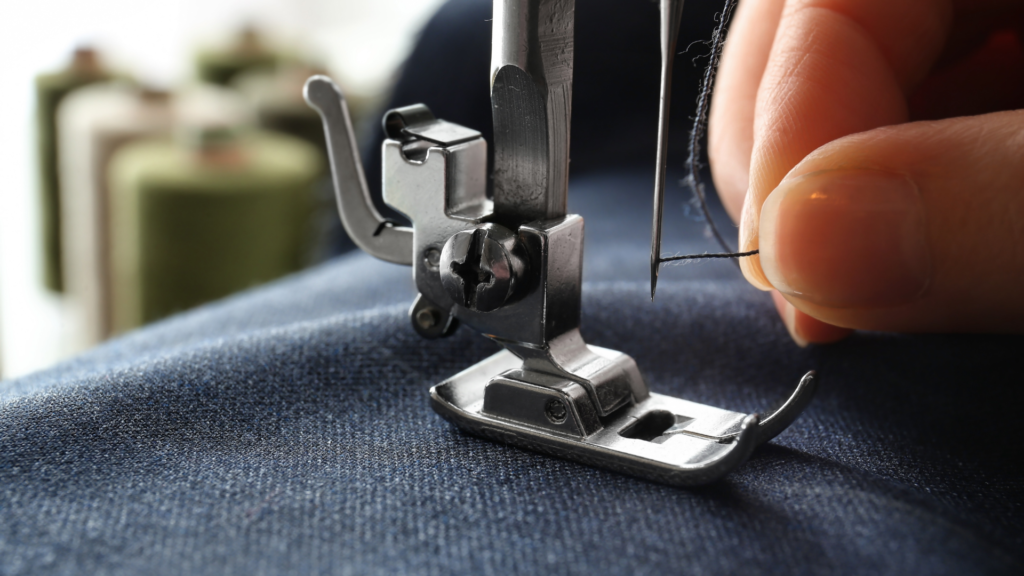
In order to fix this, try adjusting your sewing machine’s tension dial until there is a balance between the top threads of the needle and bottom thread of the bobbin casing.
Make sure that your sewing machine does not have any more than one or two lines on each side!
Making it a habit where before you start a project, check your tension settings first so they’re appropriate for what you are sewing. Different types of fabric require different types of tension settings.
You want even stitches with no bunches around it! If this isn’t happening then adjust accordingly by tightening up tensions as mentioned before. Otherwise, if you have problems with thread bunching while sewing, try lowering the speed at which your handwheel is turning because this may be causing excess friction between threads.
-
Too much oil on your sewing needle
The second cause is using too much oil on your sewing needle (or not replacing the needle when needed). This can happen because oil gets stuck between the stitches if there isn’t enough space between the fabric and lower part of the needle plate.
To fix this problem, you can…
- Tighten up the tension dials so there’s more distance between them.
- Replace or change the needle when needed. This will ensure that there’s enough space between fabric and the lower part of the needle plate, which will make a big difference in preventing too much oil from getting stuck on your needles.
- Also, check if your sewing machine needle is bent or broken. If so, stop sewing and replace them.
-
Problem with the feed dog
The third cause of thread bunching is having a problem with the feed dog.
If you’re experiencing sewing machine problems that are due to issues with your feed dogs, it’s usually best to take them out and clean them or replace them entirely. This will fix most needle clogging and thread bunching problems in one go!
-
Thread Jamming
Thread jamming can also cause thread to bunch up.
According to Brother, thread jamming can occur because of the incorrect combination of the needle size, thread size, and fabric.
This can be easily avoided by choosing the right needle and thread for the fabric that you’re working on.
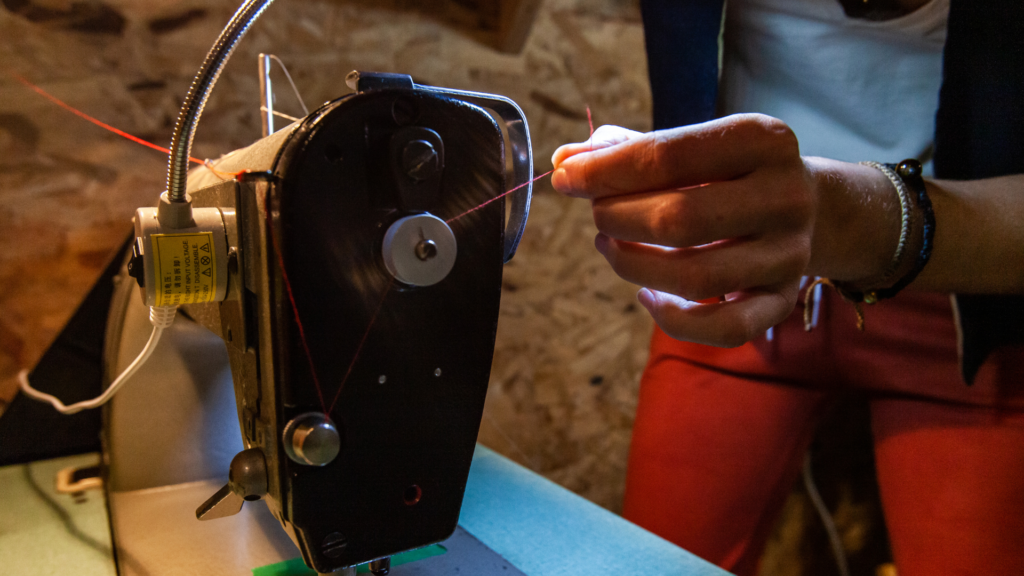
In order to fix a jammed thread in your sewing machine, you’ll want to first remove the needle from your sewing machine.
Next, thread a new piece of thread and tie it to the end of the old thread that’s jamming up your machine. You can then pull gently on this new thread in order to release any jammed material or threads inside of your sewing machine. This may require you to remove the bobbin, the throat plate, presser foot, or any other parts of the sewing machine to fix the jammed threads.
Then you will replace the needle back into its correct position and continue stitching as usual. Make sure that the needle is not bent because it will cause the thread to bunch up as well.
If there are still problems with bunching, then inspect for loose seams in other areas such as zippers or button holes. This may be what is causing all those bunches!
If none are found, it could be time for a good cleaning session for your sewing machine.
Recap! Check these things if your sewing machine thread bunches up:
- Make sure that the tension settings of the sewing machine are correct for the fabric that you’re working on.
- Make sure that the bobbin case tension is not too loose or too tight.
- Make sure that the sewing machine needle is not bent or broken.
- Make sure the needle is threaded properly.
- Check to see if your sewing machine needs maintenance and cleaning.
- Check to see if you’ve put too much oil on the sewing machine needle.
- Check the feed dog if it’s causing the problem, if so, remove them and clean them or replace them entirely.
- Make sure you choose the right combination of needle size, thread size, and fabric.
- Make sure the bobbin is correctly threaded.
- Check the threading at the needle and bobbin.
- Make sure that your sewing machine is threaded properly when you start a new project or if it’s been unthreaded for some time.
- Unwind any excess spool from around the tension release lever, as well as winding back under itself in front of them on its way to the presser foot.
- Thread both top and bottom threads together through a needle until they emerge out of eyelet holes side by side on the same side of fabric (along with other necessary tools).

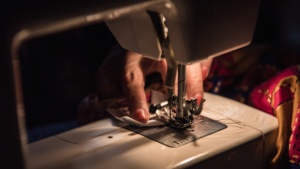
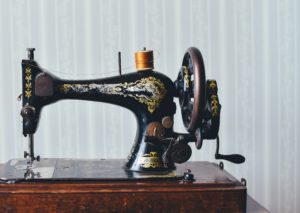
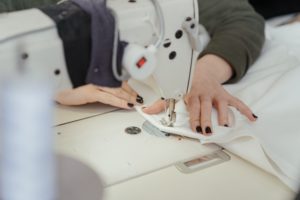
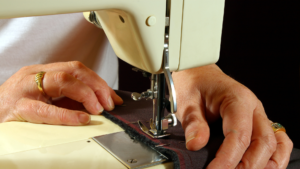
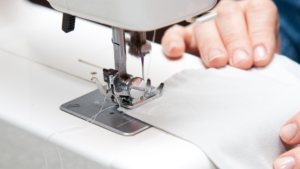
![Read more about the article Types of Sewing Machine Threads: Everything You Need to Know [Part 2]](https://www.sewkitkit.com/wp-content/uploads/2021/08/thread-d-300x169.png)